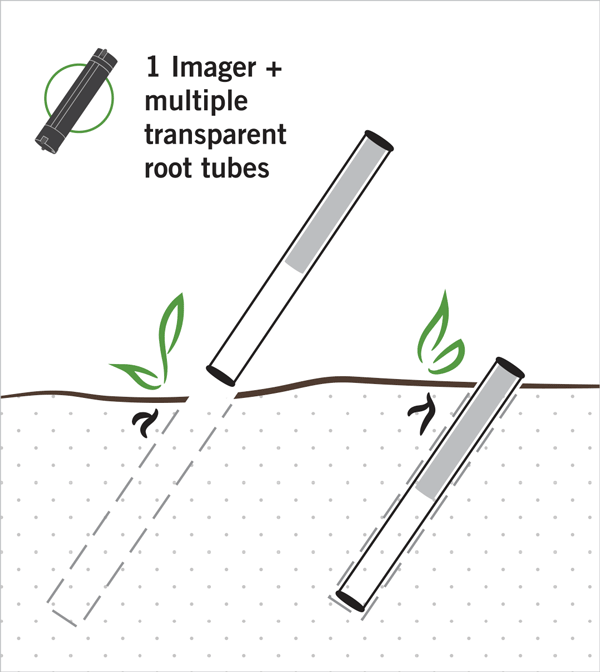Minirhizotrons
Information & Resources
Revealing Roots with Minirhizotrons
Scientists study roots in order to learn important information about plant health and behavior, but this hasn't always been easy. For many years, root research was conducted through time-consuming and destructive sampling techniques like soil coring and trenching. Unfortunately, these methods didn't allow researchers to see how roots change from season to season or observe their ecological and environmental adaptations.
The first non-destructive root monitoring system was an underground, glass-walled laboratory called a rhizotron. In 1937, G.H. Bates developed the first miniature rhizotron: a series of "root windows" mounted in a walled chamber. This system allowed Bates to study living roots without the large investment of time and resources needed to construct a full-scale rhizotron laboratory.
Today, scientists observe living roots with minirhizotron systems like the CI-600 In-Situ Root Imager and CI-602 Narrow Gauge Root Imager from CID Bio-Science. These systems are made up of durable, transparent tubes installed in the ground and a light-weight cylindrical imaging device which is lowered into the tubes to collect high-resolution images and track root growth season to season.



